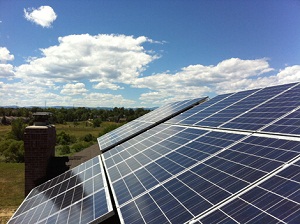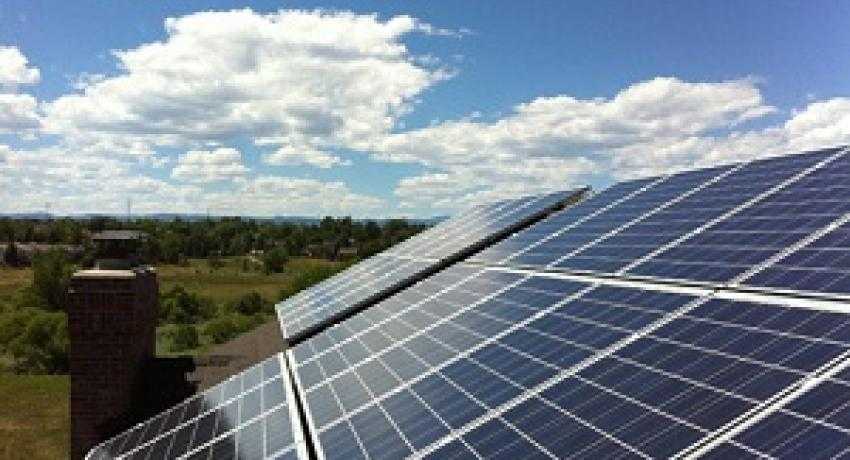Week in review: Georgia makes big commitment to solar as US surpasses 10 GWs
 Last week the U.S. finally surpassed 10 gigawatts of installed PV. Given the increasing pace of solar being installed across the country that number is likely to grow more rapidly than in the past. Case in point, Georgia just decided to add 525 megawatts of solar capacity in coming years. But that’s just part of the story in solar from the last week.
Last week the U.S. finally surpassed 10 gigawatts of installed PV. Given the increasing pace of solar being installed across the country that number is likely to grow more rapidly than in the past. Case in point, Georgia just decided to add 525 megawatts of solar capacity in coming years. But that’s just part of the story in solar from the last week.
First off NPD Solarbuzz is reporting that the U.S. now has more than 10 gigawatts of installed photovoltaics.That means it’s back among the top four countries in the world in terms of installed solar. The others are Germany (the overall leader, but more on that later), Italy and China. What’s more impressive is that the more than 80 percent of the growth happened since 2010.
Still, the U.S. is far behind Germany in terms of installed solar. Last week Germany’s solar output peaked at 23.9 gigawatts, which is enough to supply roughly 40 percent of its energy needs at peak. The 10 gigawatts of solar in the U.S. doesn’t even supply 1 percent of the country’s energy needs. The results of Germany’s solar output can be seen at SMA Solar Technology’s Performance of Photovoltaics in Germany’s monitoring site, which provides live production monitoring.
Still, the U.S. is gaining ground in its solar ambitions. For instance, Georgia’s Public Service Commission voted to add in 525 megawatts of solar into the state’s electric grid. The power will be added through Georgia Power, the state’s largest utility. The new requirements however, also ensure that the company will add in 125 megawatts of distributed generation, like on rooftops, rather than in just massive installations.
Not every project can be successful, however. BrightSource recently formally abandoned its 500 megawatt Rio Mesa Solar Electric Generating System (SEGS) project. The company ran into problem after problem at the site, including findings of fossils at the site as well as Native American petroglyphs, and the project faced opposition from environmental groups and Native American nations.
The Bureau of Land Management is keeping the spirit of its Solar Energy Zones alive and well. These pre-screened sites have already been checked for wildlife issues, fossils, and historical elements that could impede development, and their solar resources. Last week it ended mining claims on 303,900 acres of BLM-managed land. The BLM said that mining claims could impede the development of solar.
Helping to make large-scale solar successful, requires making sure it works. To help make that happen we need testing facilities. Like the recently announced Center for Solar Energy with the Texas A&M University-Central Texas. The two have partnered to build what they’re saying will be the largest solar testing facility in the world. At the site companies can test and evaluate their equipment before deploying it in larger scales. It also helps show potential investors that the technologies work, making it easier for them to pursue investing in it.




